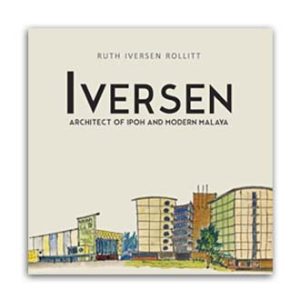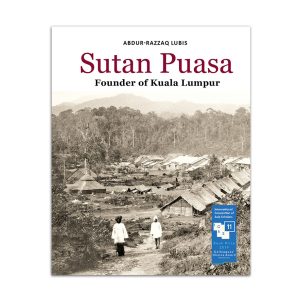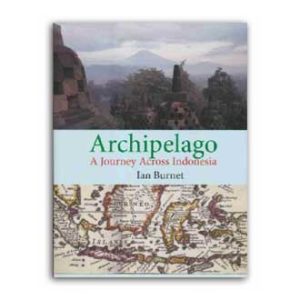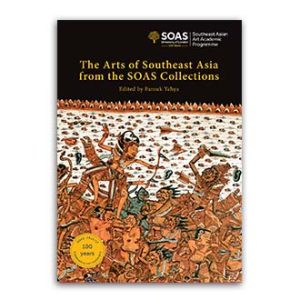Southeast Asia’s 36 UNESCO World Heritage Sites make a significant contribution to their respective country’s national prestige and identity, international profile and tourism development plans. Yet, although much is known about some individual sites like Angkor and Borobudur, we know very little about all sites in comparative terms.
This wide-ranging study explores how both cultural and natural sites are being managed; how they are coping with the conflicting pressures from the global, national and local levels and points to best practices for their future conservation and development. The first volume to address issues raised by world heritage, in Southeast Asia, it will be a key resource for academic researchers and for policy-and decision-makers in this field of studies.
The complexitie and challenges facing World Heritage Sites in Southeast Asia continue to grow and intensify. Urban development, tourism – both domestic and regional – and transnational infrastructure development are transforming notions of heritage and its governance across the region. This book addresses such themes with an exciting roster of chapters, straddling the culture-nature divide to reveal some important and previously hidden connections. In so doing it delivers a unique contribution to our understanding of world heritage in Southeast Asia. – Tim Winter, Research Professor in Cultural Heritage, Cultural Heritage Centre for Asia and the Pacific, Deakin University
This is a fascinating collection of papers reflecting the diversity of heritage in Southeast Asia, both cultural and natural, tangible and intangible, urban and rural. The criticaI analyses offered throw light on multiple issues of interest to both the general reader and specialised researcher. How UNESCO’s World Heritage Sites are selected, the consequences of inscription, and how tourists and locals relate to heritage, among many other issues, make for a most enriching and educational journey into the region. – T C Chang, NUS









